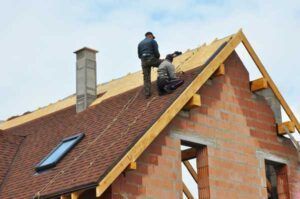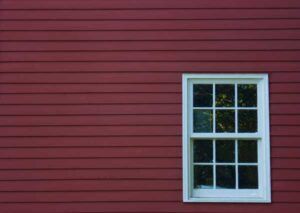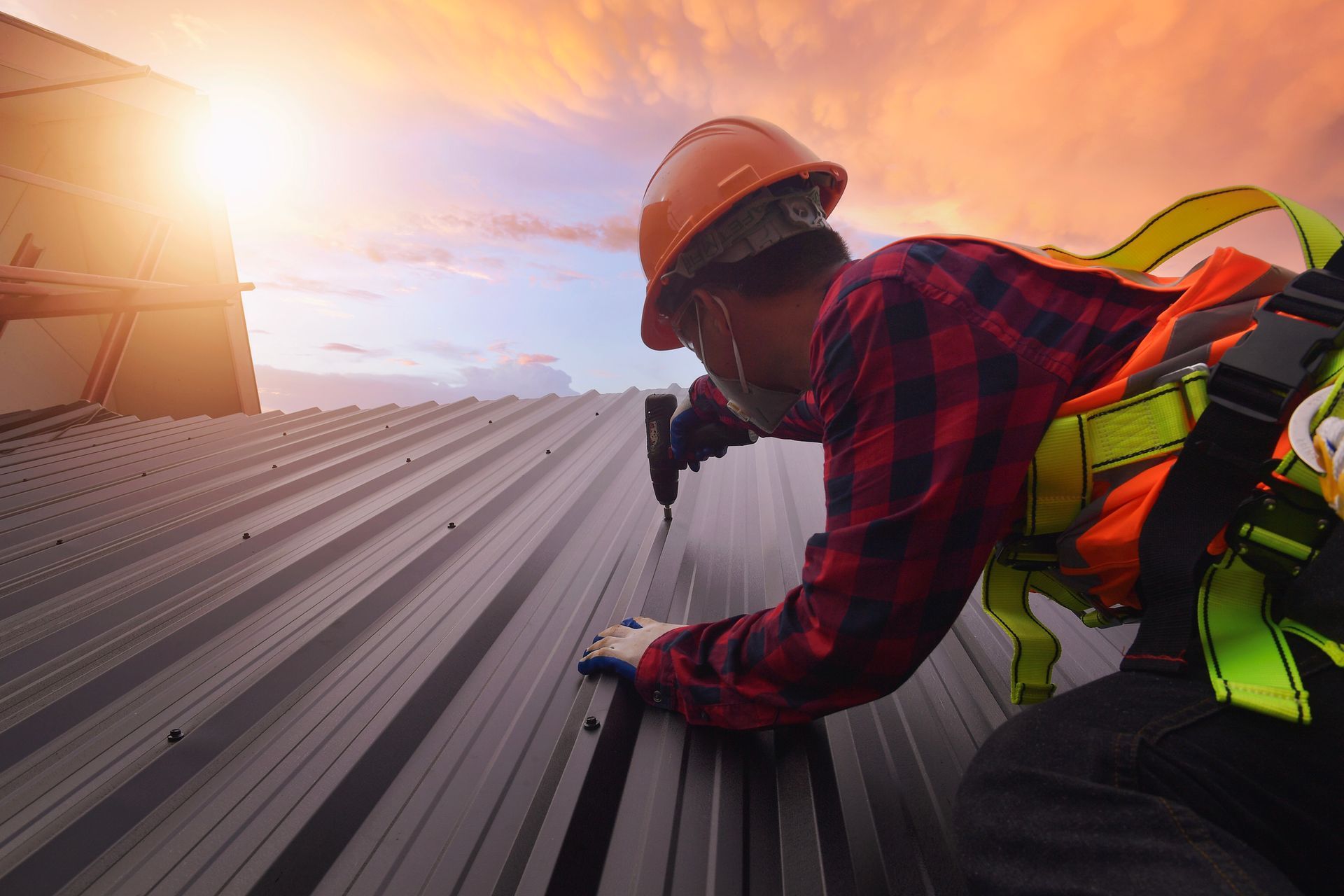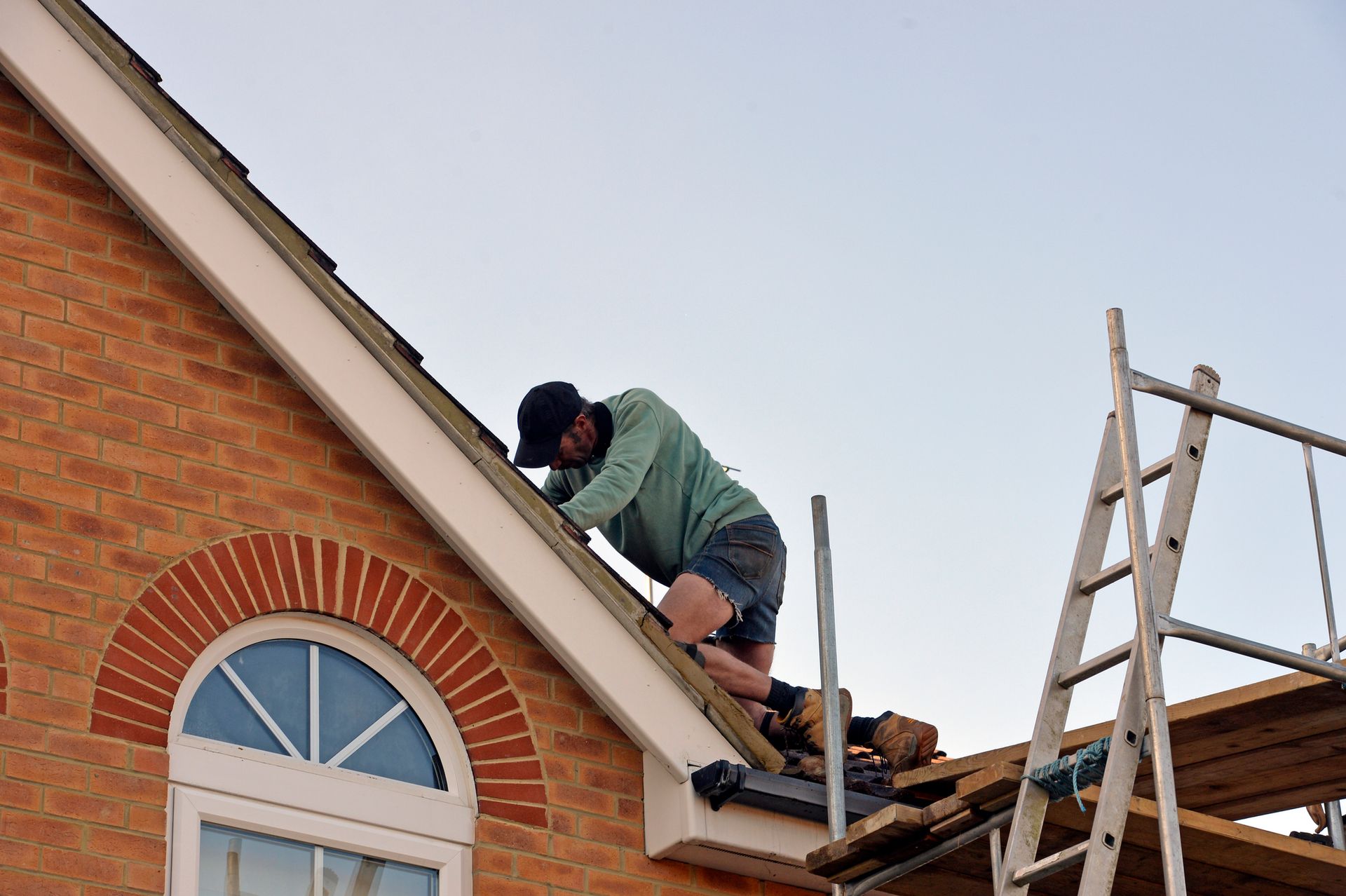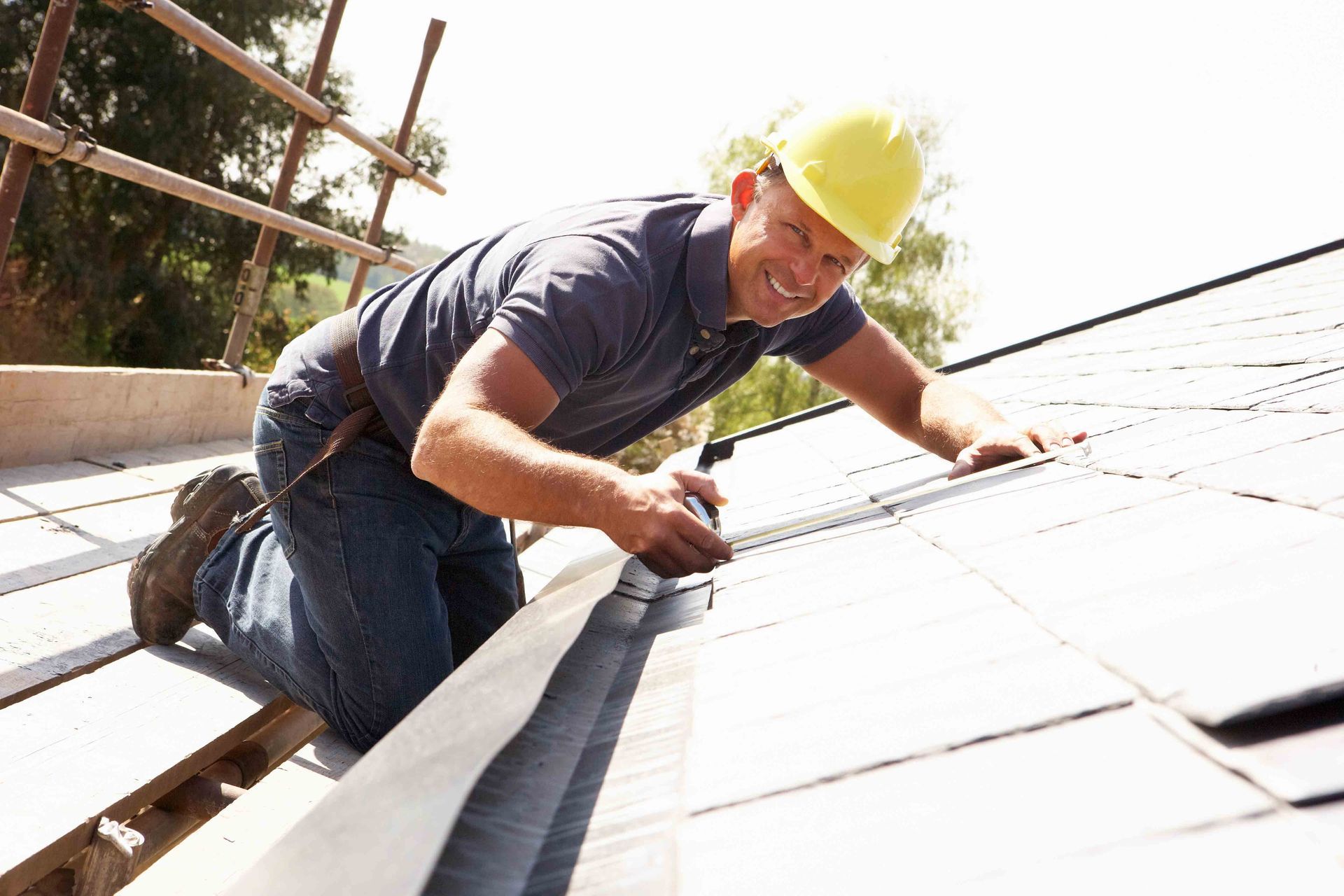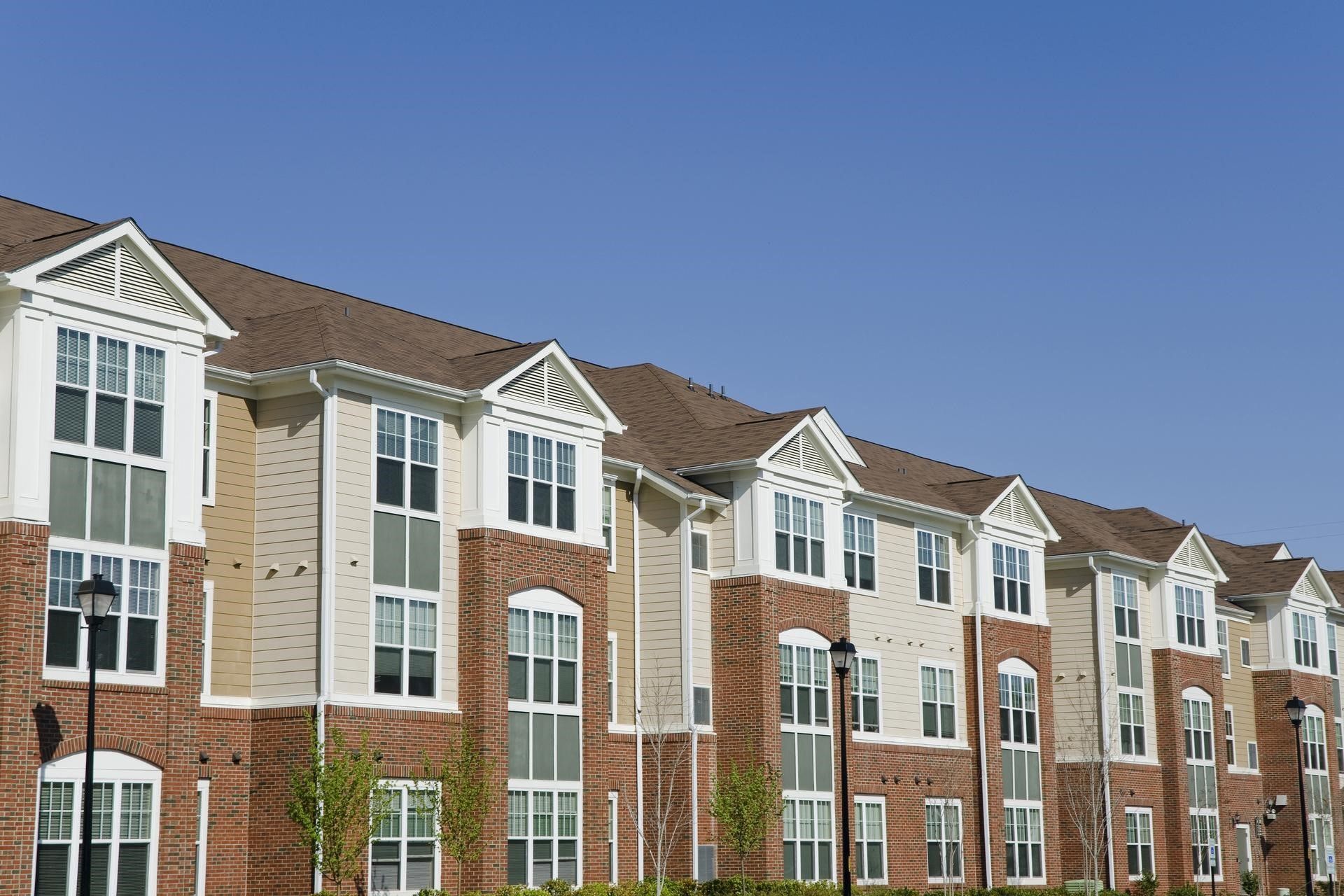Understanding the Different Layers of an Asphalt Shingle Roof
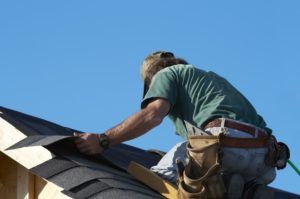 The roof looks like one part of the house, but it comprises different parts and materials. All these parts are critical to the overall roof’s integrity, functionality, and durability. Understanding these different parts and their purposes can help you take care of your roof. Below are the critical parts or layers of an asphalt shingle roof.
The roof looks like one part of the house, but it comprises different parts and materials. All these parts are critical to the overall roof’s integrity, functionality, and durability. Understanding these different parts and their purposes can help you take care of your roof. Below are the critical parts or layers of an asphalt shingle roof.
Structure
The roof structure is the frame on which the other roofing materials rest. Roof structure includes things like:
- Trusses
- Beams
- Rafters
Wood and metal are the common materials for roof structures. Residential houses mostly use wood, while commercial buildings tend to use metal.
Insulation
Roof insulation goes between the support structures of the roof. You can lay the insulation between the horizontal beams (joists) or angled beams (rafters). The main purpose of roof insulation is to slow down heat transfer through the roof. The insulation minimizes heat loss during the winter and heat gain during the summer.
Decking
Roof decking or sheathing is the first roof layer over the support structure. The decking provides the base for the other parts of the roof. Thus, the decking facilitates the attachment of other roofing materials. Wood, plastic, and concrete are all possible decking materials.
Starter Strip
The starter strip, which lines the lower edges of the roof, goes over the decking. The starter strip strengthens and seals the roof’s lower edge. Without it, strong winds or wind-driven rain would get under and damage the roof. The starter strip gives this part of the roof a double layer of shingles since the final shingle layer covers them.
Underlayment
Water penetration presents probably the biggest threat to your roof’s integrity. Moisture can cause metal to corrode, wood to rot, and insulation to degrade, among other effects. Snow, ice, and rain are the major sources of water on the roof.
The underlayment is the first roof layer for preventing water penetration. Felt, which is a mixture of paper and asphalt, is a common material or underlayment.
Water Barrier
Roofing contractors don’t rely on the underlayment alone to prevent water damage. Instead, they use a watertight material to prevent water penetration and associated effects. The barrier, a waterproof membrane, usually has an adhesive on its back to attach it to the underlayment.
Shingles
In most parts of the roof, the asphalt shingles form the topmost layer of the roof. Many people are familiar with shingles since they are common and visible even from the ground. Asphalt shingles come in three major types:
- 3-tab shingles with flat and symmetrical appearances
- Architectural shingles with a rustic look
- Luxury shingles that mimic other materials, typically slate
The shingles often come in different colors.
Flashing
Flashing also protects the roof against water penetration. Unlike other roofing materials, the flashing material doesn’t cover the entire roof. Rather, roofing contractors install flashing on intersecting parts of the roof since such areas are more likely to leak than other areas. For example, you often need flashing at the chimney-shingle intersection.
Ridge Caps
Just like flashing, ridge caps also don’t cover the entire roof. The ridge caps are unusually long shingles that cover the ridge — the topmost part of the roof where the sloping sides meet. The ridge cap has two main functions. First, the ridge cap keeps precipitation out of the house. Secondly, the ridge caps allow hot, moist air to escape out of the house.
Each layer of the roof is significant. That is why you need a skilled and experienced roofing contractor to design and install your roof. D.S. Bahr Construction, Inc., has been active in the roofing industry since 1990. Contact us with all your roofing problems and enjoy our professional solutions.
The post Understanding the Different Layers of an Asphalt Shingle Roof appeared first on D.S. Bahr Constraction, Inc.

